For decades, the collaborative role of women as architects or designers working with their husbands or partners has been under appreciated. Fifty years ago, it was standard practice that the head of the office was the man and the woman partner had a subordinate role.
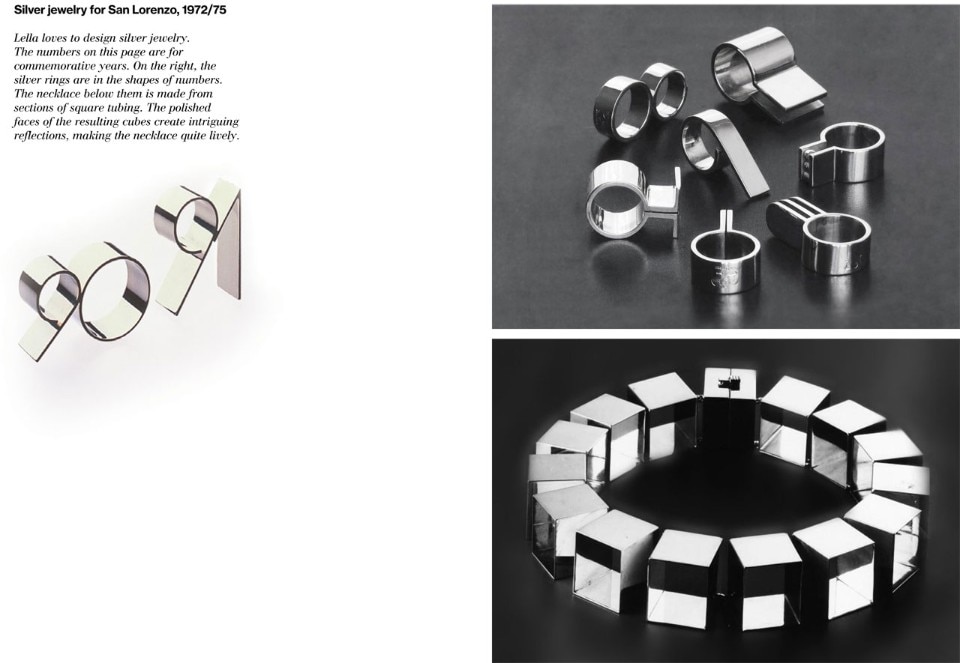
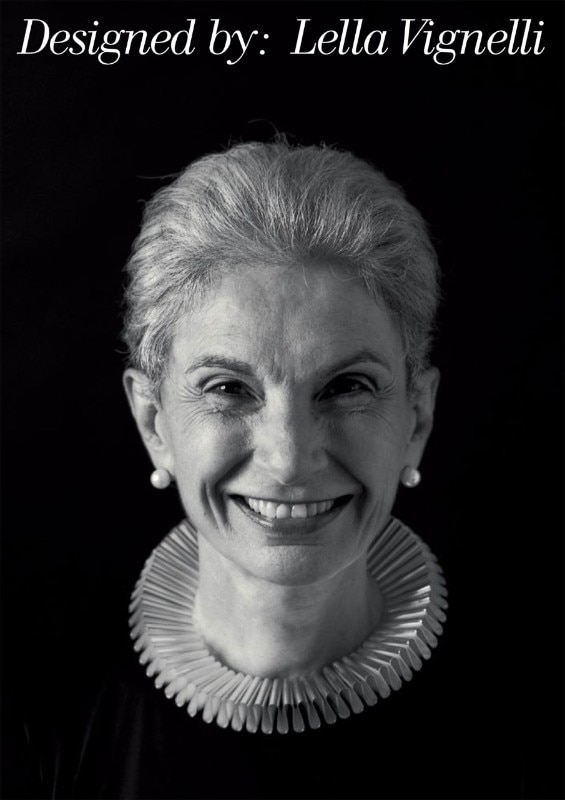
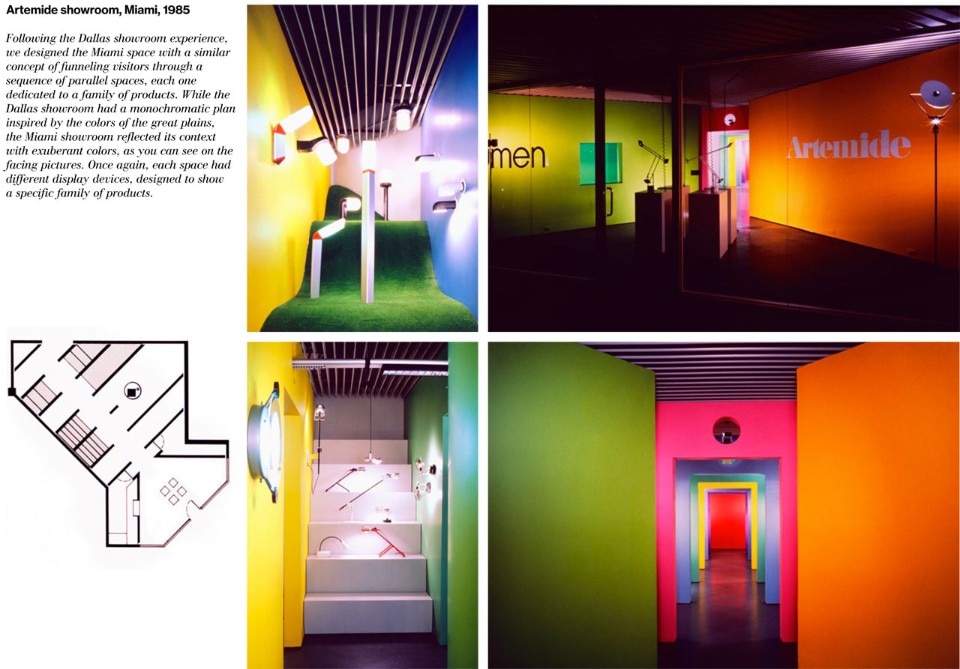
The supporting role of the woman architect has often been created by macho attitudes of the male partner. Most of the glory went to the men (not accidentally) while the women, as partner architects, found that their role was dismissed or totally ignored. This was true even in Lella’s family, where nearly everyone was an architect. Her brother Gino Valle was acknowledged for his architectural work, but his collaboration with his sister Nani Valle – a talented and conscious professional in her own right – was often dismissed.
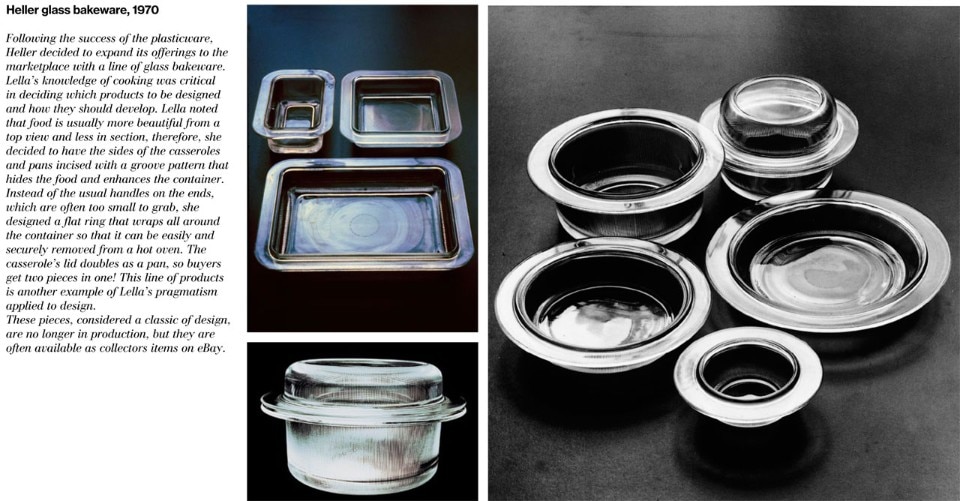
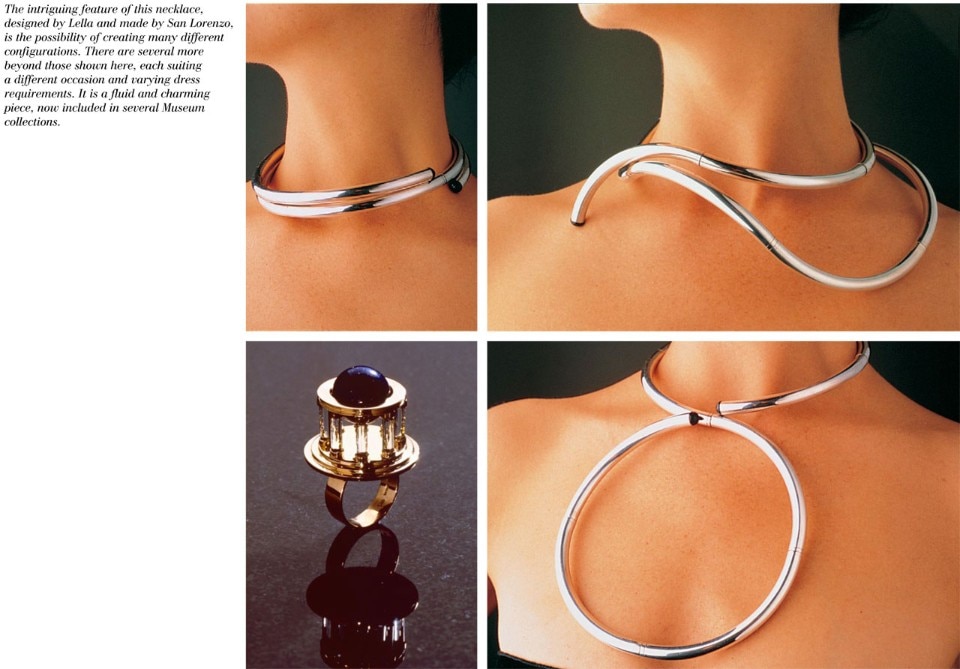
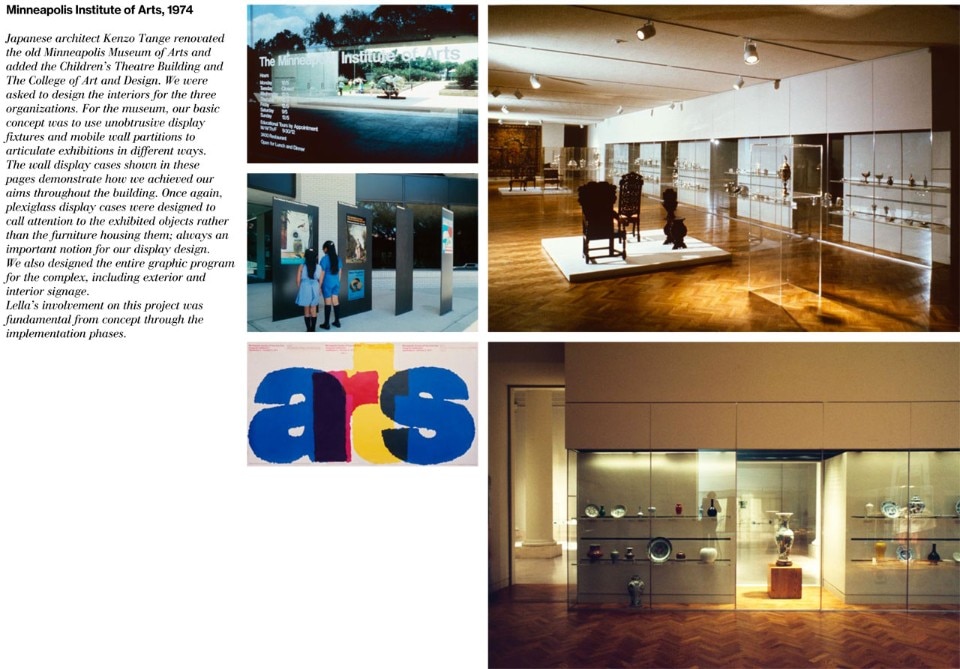
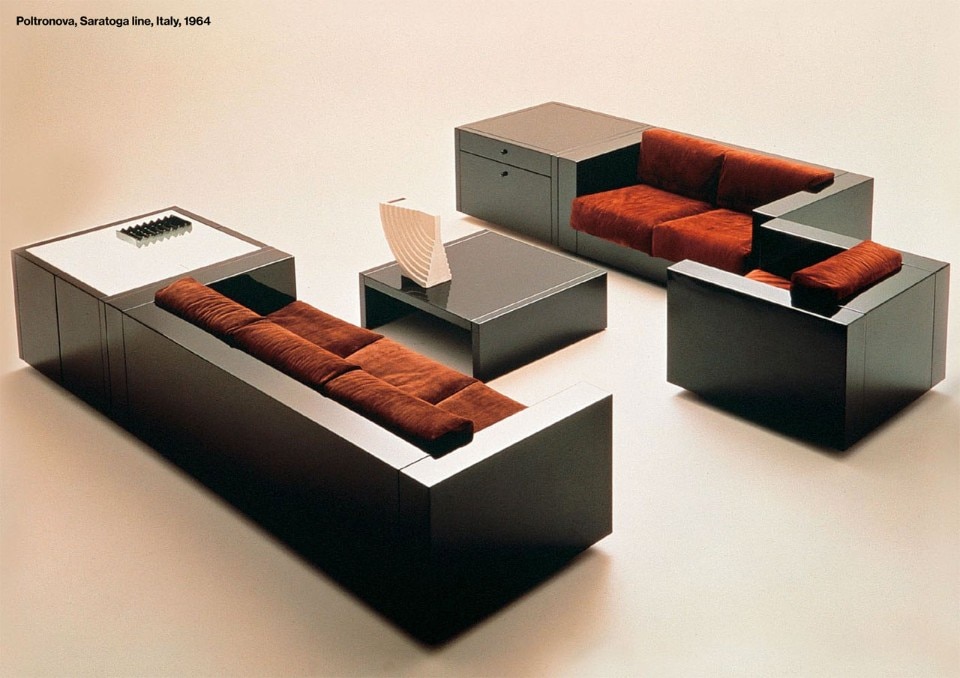
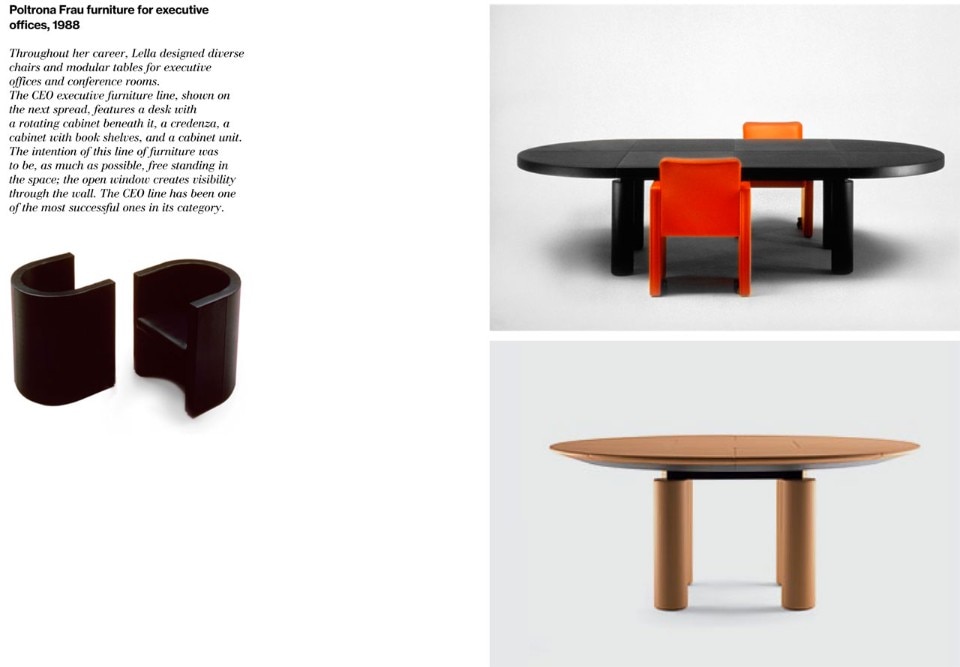
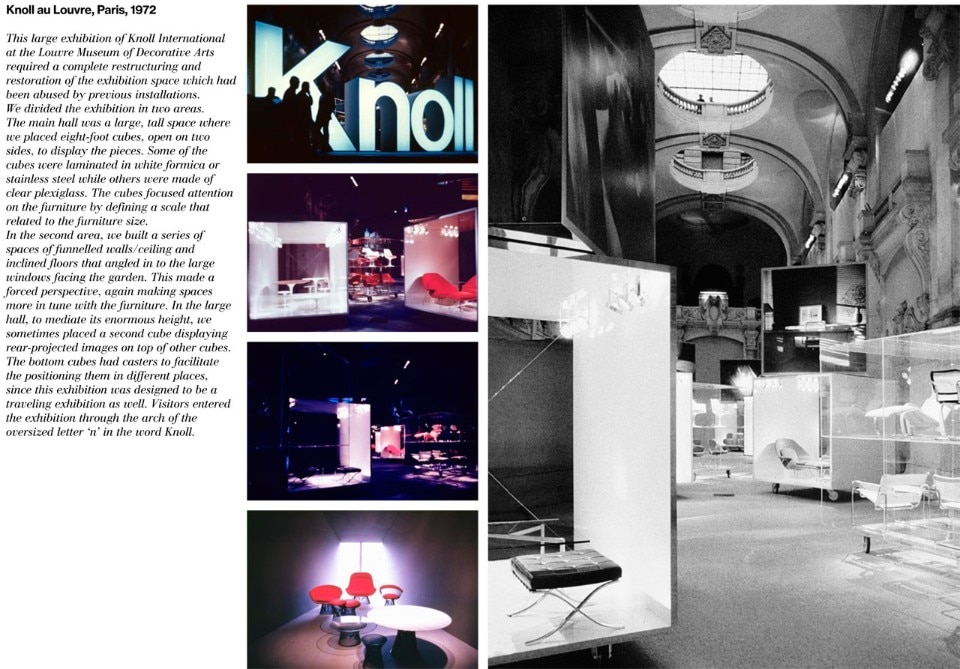


-copy.jpg.foto.rmedium.jpg)